The Power of Story (OR: Once Upon An Executive Function…)
It’s true. I’m a children’s book snob. I was “that teacher” who ranted against the story-less drivel that was supposed to teach my first-graders phonics. If a book doesn’t touch heart, mind and soul, I pretty much don’t care if it’s got pretty pictures or is on the bestseller list or targets the “at” family like no other. Children deserve Story, with a capital S. They need Story not just to learn literacy, but to learn life.
And so of course, as I started to research young children living with substance use disorder, I went straight to children’s literature. What I have found so far ranges from ok-ish, to bleccchhhh. Now, I haven’t read these with any kids, and, who knows, children living with this disease might connect with them. However, most fell into the category of books that were written for a purpose, rather than to tell a story (or to impart information, a whole other genre). Here’s a sample bibliography from the Betty Ford Center, which is where I started my search.
This got me thinking. What kind of “real” books would touch vulnerable children’s hearts and help them to feel part of something bigger, something warm, something authentic? What kinds of books could offer them ways of building resilience as they wrestled with the here and now? I mean, isn’t that what good literature DOES?
Take the beautifully illustrated Al and Teddy, by Neil Waldman (who, in addition to being an artist and author, founded the Fred Dolan Arts Academy in the Bronx). The video clip above touches on its visual appeal, but the story, of two brothers living in a less than perfect urban world, offers insight into power: the power of art and the imagination to solve problems, the power of sibling attachment, the power of forgiveness, and…the power of change. It is a real story that touches on real pain, which, don’t kid yourself: children experience (read about the author’s childhood experience which inspired the book in “The Story Behind the Story”). Yet it does so in a way that is respectful, grounded and magical…all at once. (AND…there’s a Teacher’s Guide that has engaging and standards-based classroom activities for different ages, too!).
Soon after I discovered Al and Teddy, I ran across a wonderful resource from Ellen Galinsky’s Mind in the Making team. It is a list of 42 Books and Tips That Promote Life Skills related to Executive Function.
I will admit: I was skeptical. Was this another listing of cutesy books about focus, self-control, perspective-taking and challenges, written by some thinktank of neuroscientists and educators…rather than by authors with stories that burned to be told?
NO! It is a resource, divided by both Executive Function Life Skill and age (birth-2, 3-5, 6-8) of classic and new children’s books which have both critics’ and children’s resounding stamps of approval as great STORIES. It includes books like The Very Hungry Caterpillar (Making Connections), and The Snowy Day (Self-Directed Engaged Learning), The Carrot Seed (Focus) and Knuffle Bunny (Taking on Challenges). Each book is linked to a downloadable Tip Sheet which has suggestions for specific ways parents and teachers can talk with children as they read the book, and how this actively and intentionally promotes each facet of brain development. The Tip Sheets are also available in Spanish.
This resource is evidence-based. It promotes the executive function skills that are foundational to not only academic success but to social competence and resilience. It’s free (see here for a discussion of why this is so critical when looking at programs that would benefit young children living with SUD) And: it gives busy teachers and parents another reason to share great stories with children.
My amazing (adult) daughter discovered a treasure when we were shopping in December. Duck! Rabbit! by Amy Krouse Rosenthal isn’t on Mind in the Making’s list, but I think it offers a lighthearted way to talk about perspective-taking with children. Take a look at the trailer, and let me know what you think! (There’s even a Teacher’s Guide to
How do YOU use children’s literature to develop executive function skills and resilience? What books can we add to this growing list? Please comment below or join in the conversation on our page on Facebook!

